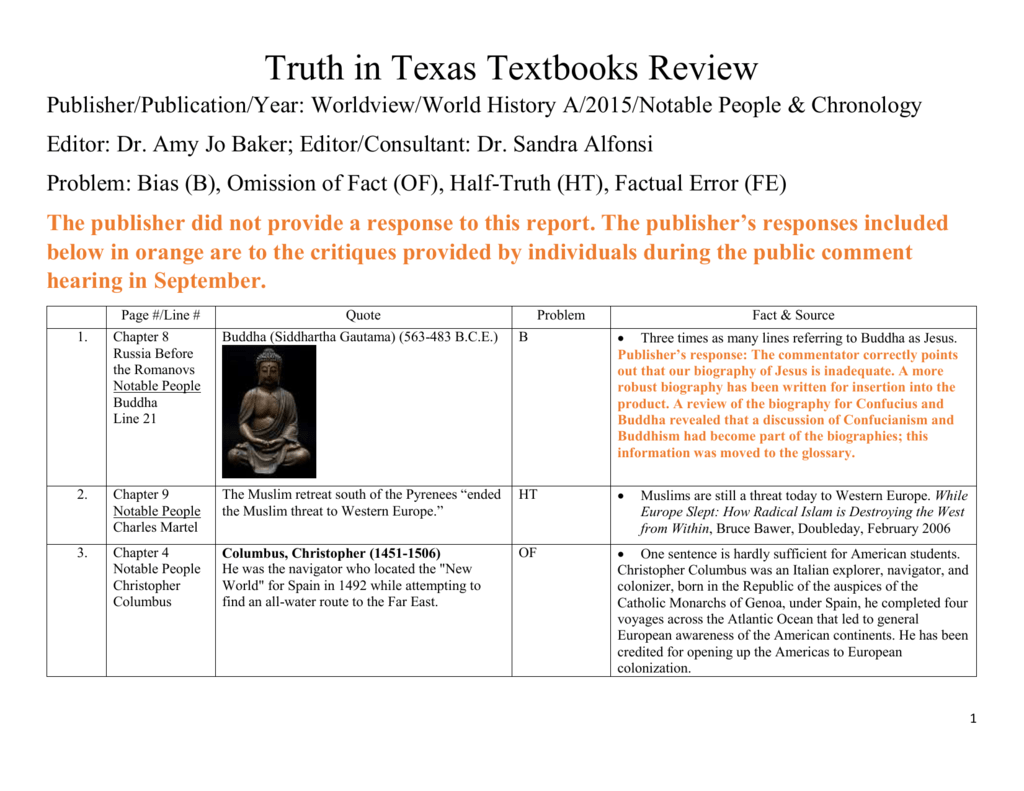Although intrigue and the violent overthrow of sovereigns remained a feature of Byzantine politics, the people developed a deep loyalty to the new ruling house that was established in 867 by the Armenian Basil I (r. 867-886) and called the Macedonian dynasty because of his birth there. As political disintegration began to weaken the opposing Muslim world, the Byzantines counterattacked in the tenth century. They captured Crete in 961 and Antioch and much of northern Syria in 962.
A new Muslim dynasty in Egypt, which also took over in Palestine, stopped the Byzantine advance short of Jerusalem. But like the later crusaders from the West, the Byzantine emperors still hoped to liberate that city from the Muslims. While pushing back the Muslims, the Byzantines allied themselves with the Armenians and gradually annexed Armenia.
This was almost surely a mistake. Armenia, which had been a valuable buffer against the Turks of Central Asia, lay open to direct attack. Firmly reestablished in southern Italy, the Byzantines dominated the neighboring Lombard duchies until after the advent of the Normans in the early eleventh century. From then on the emperors would find themselves under attack on three fronts—in Asia Minor, in southern Italy, and against the Bulgarians.
Under the early emperors of the Macedonian dynasty, the large landowners continued to flourish. Whole dynasties of nobles lived on their great estates, constantly acquiring more land at the expense of the poor. They bought up the holdings of the poor and made the peasantry once more dependent upon them. The growing might of the local magnates meant that the state was losing both its best taxpayers (the free peasants) and its best soldiers (the military settlers).
During the tenth and eleventh centuries, a great struggle developed between the emperors and the nobles. The nobles thwarted all imperial attempts to check the growth of their power and eventually seized the throne. Laws intended to end the acquisition of land by magnates could not be enforced; in times of bad harvest especially, the small free proprietor was forced to sell out to his rich neighbor.
The great emperor Basil II (r. 976-1025) made the most sustained efforts to reverse this process. He confiscated the estates of those who had acquired their estates since the rule of his grandfather. Others could keep their lands on satisfactory proof of prior ownership. As a final blow to the nobles, Basil II ordained that they would have to pay all the tax arrears of the delinquent peasants.
But a few years after Basil died, this law was repealed under the influence of the magnates. As the landlords got more and more of the free military peasants as tenants on their estates, they became virtual commanders of private armies. After Basil, only the civil servants acted as a counterweight to the landowners. To reduce the landlords’ power, the civil servants tried to cut down the expenses of the army. Strife between these two parties weakened the imperial defenses.
The Macedonian dynasty died out in 1057, and a “time of troubles” began. The Normans drove the Byzantines from the Italian peninsula by taking the great southern port of Bari in 1071. In the same year, the Seljuk Turks defeated the imperial armies at Manzikert in Armenia and captured the emperor Romanos IV. Asia Minor now lay open to the Turks, who pushed all the way to the Straits and established their capital in Nicaea. Meanwhile other Turkic tribes raided southward into the Balkans. In 1081 one of the powerful magnates of Asia Minor, Alexius I Comnenus, seized Constantinople.

